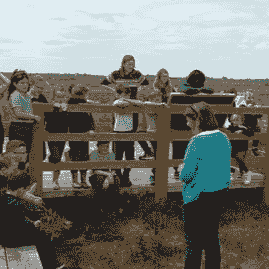
Galway's Living Bog
Galway's Living Bog
Follow us on Instagram for all the latest news!
Engaging Learning Experiences
Welcome to Galway's Living Bog!
Our tours provide hands-on activities that captivate students' imaginations.
By exploring the unique biodiversity of bogs, children and adults
gain a deeper understanding of these vital ecosystems and their role in our environment.
What will you learn on your tour?
Diverse Educational Offerings
Engage with nature through our structured programs tailored for young learners.

Biodiversity Discovery
This program introduces students to the various plant and animal species that inhabit bogs. Through observation and hands-on activities, children will learn about the unique adaptations of these organisms and their roles in the ecosystem.

Climate Change and Bogs
In this class, students will discover the critical role that boglands play in carbon storage and climate regulation. Engaging discussions and interactive experiments will empower them to understand the impact of climate change on these ecosystems.

Conservation and Stewardship
This program focuses on the importance of protecting boglands for future generations. Students will learn practical ways to contribute to conservation efforts and become advocates for the environment in their communities.
Why Galway's Living Bog?
Experience the difference with our dedicated approach to environmental education.

Hands-On Learning
Our emphasis on experiential learning ensures that students connect with nature on a deeper level. They engage directly with the ecosystem, fostering a lasting bond with the environment.

Passionate Instructors
Our team comprises passionate and fully trained tour guides dedicated to inspiring the next generation. Their enthusiasm for bog ecosystems is infectious and motivates students to explore and learn.

Community Engagement
We believe in the power of community involvement. Our programs encourage collaboration among students, teachers, and local environmental organizations to promote sustainable practices.









